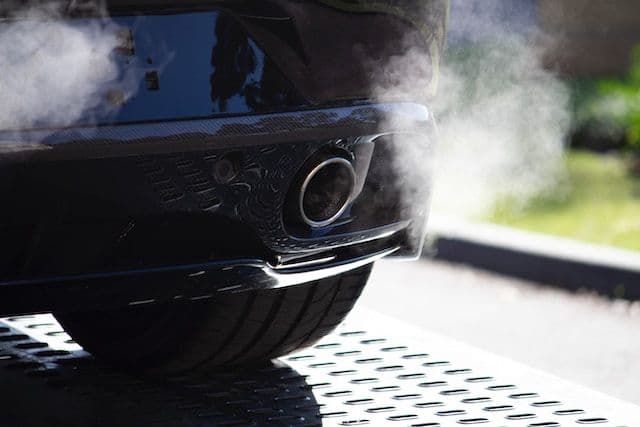O2 Sensor Slow Response: Causes, Implications, and Troubleshooting from Rich to Lean
O2 sensors, also known as oxygen sensors, play a crucial role in maintaining the optimal performance of your vehicle. They help regulate the engine's air-fuel mixture, contributing to fuel efficiency and reducing emissions. However, when O2 sensors fail or respond slowly, this can lead to engine performance issues and increased emission levels. This blog post helps you understand the implications of a slow response from rich to lean O2 sensor faults and how to effectively troubleshoot these issues.
What is an O2 Sensor?
An oxygen sensor (O2 sensor) is a device in your vehicle's exhaust system that detects the amount of oxygen in the exhaust gases. This information is used by the engine control unit (ECU) to regulate the air-fuel mixture. There are typically two types of O2 sensors:
- Upstream sensors that monitor the amount of oxygen in the exhaust before it reaches the catalytic converter
- Downstream sensors that monitor the efficiency of the catalytic converter itself.
A well-functioning O2 sensor ensures that your vehicle runs efficiently. However, if the O2 sensor begins to fail or responds slowly, it can lead to increased fuel consumption, reduced engine performance, and higher emission levels.
What is a Slow Response from Rich to Lean?
A slow response from rich to lean refers to the delay in the O2 sensor's reading as the air-fuel mixture in the engine changes from a rich mixture (more fuel) to a lean mixture (more air). This delay can lead to incorrect readings being sent to the ECU, resulting in an inefficient air-fuel mixture.
When the air-fuel ratio is rich, the oxygen sensor generates a high voltage. As the mixture becomes lean, the sensor's voltage should drop. If there is a delay in this change, it's referred to as a slow response from rich to lean.
Implications of an O2 Sensor Slow Response
A slow response from the O2 sensor can have several implications:
- Decreased Fuel Efficiency: An inefficient air-fuel mixture can lead to increased fuel consumption.
- Reduced Engine Performance: The engine may not run as smoothly or powerfully as it should.
- Increased Emissions: A rich air-fuel mixture can lead to increased emission levels, potentially causing your vehicle to fail an emissions test.
Troubleshooting an O2 Sensor Slow Response
If you suspect your vehicle has an O2 sensor slow response issue, it's essential to address it promptly. Here are some steps you can take:
- Check Engine Light: If your vehicle's check engine light is on, use an OBD-II scanner to read the fault codes. A code indicating an O2 sensor slow response can confirm the issue.
- Inspect the O2 Sensor: Physically check the O2 sensor for damage or contamination. A damaged or dirty sensor can often cause slow response times.
- Replace the O2 Sensor: If the O2 sensor is damaged or excessively dirty, it may need to be replaced. Always be sure to replace it with a suitable model for your vehicle.
In conclusion, understanding O2 sensor faults in cars, specifically a slow response from rich to lean, is crucial for maintaining optimal engine performance and fuel efficiency. By promptly identifying and addressing these issues, you can ensure your vehicle runs smoothly and efficiently.
